I love police museums and I have visited many throughout the country. If you’re making plans for holidays this year and you fancy doing something different, you might be interested to visit one of these fascinating places – they’re veritable treasure troves and great for families too! Here are my top six recommendations:
1. The Greater Manchester Police Museum, Manchester
As this museum is in my home city, I’ve visited it (and filmed there!) many times and it is one of my favourite museums. Located in an old police station on Newton Street near the city centre, the building includes a detective office, a courtroom complete with judges’ bench and dock, and a row of cells. The museum is packed full of artefacts, including uniforms, police vehicles and mugshot books.
Displays include an overview of various historical crimes, such as forgery and weapons used in assault. Some of the cells also contain exhibitions on crime and punishment, with a focus on individual cases, including a montage of offender photographs. I always find these images very intriguing and would love to uncover the stories behind the long-lost faces. There is also a display dedicated to the city’s finest detective, Jerome Caminada, who served in the Manchester Police from 1868 to 1899 – he was a true Victorian super sleuth and a real-life Sherlock Holmes.
Open Tuesdays only, free entry – more info here
2. Bow Street Police Museum, London
Tucked away behind the bustling crowds of Covent Garden in central London, Bow Street Police Museum is a hidden gem. Also a former police station, it has links with some of the most famous historical crime cases including Dr Crippen and Constance Kent. It was also the original headquarters of the famous Bow Street Runners.
This compact but informative museum consists of one large exhibition room and a row of repurposed cells. The main room tells the story of the first magistrates to establish prototype police detectives in the eighteenth century, Sir Thomas de Veil, and Henry and John Fielding, who ran their operations from no. 4 Bow Street from 1740. This important history is illustrated with artefacts, such as a police officer’s beat wheel and the original dock rail from the magistrates’ court. The cells also house displays, each with a different theme, including the working conditions and organisational structure of the police station, and modern initiatives for greater diversity and inclusion.
You can read my full tour here
Open Fridays to Sundays – more info here
3. Thames Valley Police Museum, Sulhamstead near Reading
The Thames Valley Police Museum is another small but fascinating place. Located in the police training centre at Sulhamstead, in the Berkshire countryside (you really need to travel by car), it has limited opening hours and you have to be accompanied in. However, it is well worth a visit. The museum showcases the history of the five historical forces that make up the Thames Valley constabulary; Berkshire, Buckinghamshire, Oxfordshire, Reading and Oxford City.
Recently refurbished, the exhibition includes uniforms, medals and police memorabilia, as well as evidence from crime scenes. Most notably, there are artefacts from famous crime cases, such as the Great Train Robbery in 1963, and the more local double murder of two police officers in Hungerford in 1876. The museum also contains items from the infamous Victorian baby farmer, Amelia Dyer, including a lock of her hair, some original photos (including of her young victims), letters and messages that she posted in the press advertising for foster children whom she later murdered. There is a handy audio guide to accompany you through your visit, which includes a section recorded by me!
Open Wednesdays only from 10:00 to 12:00 – more info here
4. West Midlands Police Museum. Birmingham
A more recent addition to the list of police museums to visit is the West Midlands Police Museum located at the Steelhouse Lane Lock-up in the heart of the city. Opened in 2022, the building is quite extensive with three floors, two of which feature rows of cells with gantries organised around a central area and with a fabulous iron staircase like a traditional Victorian prison.
The cells hold many excellent displays, which cover topics such as corporal punishment, changes to the lock-up throughout time, policing in World War Two and of course, the Peaky Blinders. There are lots of stories of both individual offenders and police officers throughout. The exhibitions in the basement are dedicated to crime scene investigation (this was my favourite floor!) with a Victorian camera for photographing convicts, some equipment used for Alphonse Bertillon’s measurement system, as well as the modern forensic technique of DNA analysis. There are plenty of hands-on opportunities for children (and adults!) and it is particularly good for a family visit.
Open from Wednesdays to Sundays – more info here
5. Lancashire Police Museum, Lancaster
The Lancashire Police Museum is quite similar, as it too is housed in a former prison within the spectacular Lancaster Castle, which is worth visiting in its own right – it was where the Lancashire witches were executed in 1612. Like the West Midlands Police Museum, it also opened for the first time in 2022. The building has two floors and, as with other police museums, the main exhibition spaces are in the former cells.
The displays cover many aspects of crime and punishment, including what life would have been like for the inmates, which covers their daily work chores, medical support and diet. The most chilling room is the condemned cell, where prisoners awaited the death sentence – it is a plain and quite innocuous-looking place despite the terrifying fate of those who spent their final hours there. There are also extensive displays on local policing, with the usual artefacts of uniforms, medals and basic equipment such as handcuffs, as well as local historical crime cases, such as the murder of PC Nicholas Cock in 1876, and the double homicide committed by Dr Buck Ruxton, which took place in 1935 close to the museum in the city centre.
Open Thursdays and Fridays, free entry – more info here
6. National Emergency Services Museum, Sheffield
My final recommendation is more than a police museum, as it covers the history of all the emergency services. The National Emergency Services Museum in Sheffield is a wonderful place, not least of all because it has lots of fire engines! It is housed in an historic fire, ambulance and police station in the centre of the city, dating from 1900 which includes the original engine room and Victorian police cells, and has more than 600,000 artefacts. As well as lots of emergency vehicles, uniforms and work-related items, there is also an outstanding and unique exhibition focusing on police detectives.
The Daring Detectives & Dastardly Deeds exhibition charts the history of crime and punishment throughout the nineteenth century, focusing on policing, crime and criminals, judicial punishments and the development of forensic science. Ingeniously displayed in the Victorian cells, there are more than 60 objects to peruse. I loved this exhibition (I attended the opening, and have had the privilege of giving a talk there) as it covers so many aspects of my main research interests, including a police camera, Bertillon’s measuring equipment andrecord books. There is also a rather sinister hangman’s noose. The star of the exhibition is the ’Swanson Marginalia’ which is annotations of Detective Donald Sutherland Swanson on his superior officer, Robert Anderson’s memoirs, in which he jotted the name of his prime suspect for the murders attributed to Jack the Ripper.
Open from Wednesdays to Sundays – more info here
I’ve been very fortunate to have the opportunity to visit so many police museums and criminal justice-related attractions throughout the UK and in other countries, including the private collection at the infamous Black Museum at Scotland Yard, which I’ll share with you in a later post. One of my favourite overseas museums was the Musée de la Préfecture de Police in Paris, which you can read about here.
I’ll be adding to the list and reporting back as I continue my sleuthing adventures…





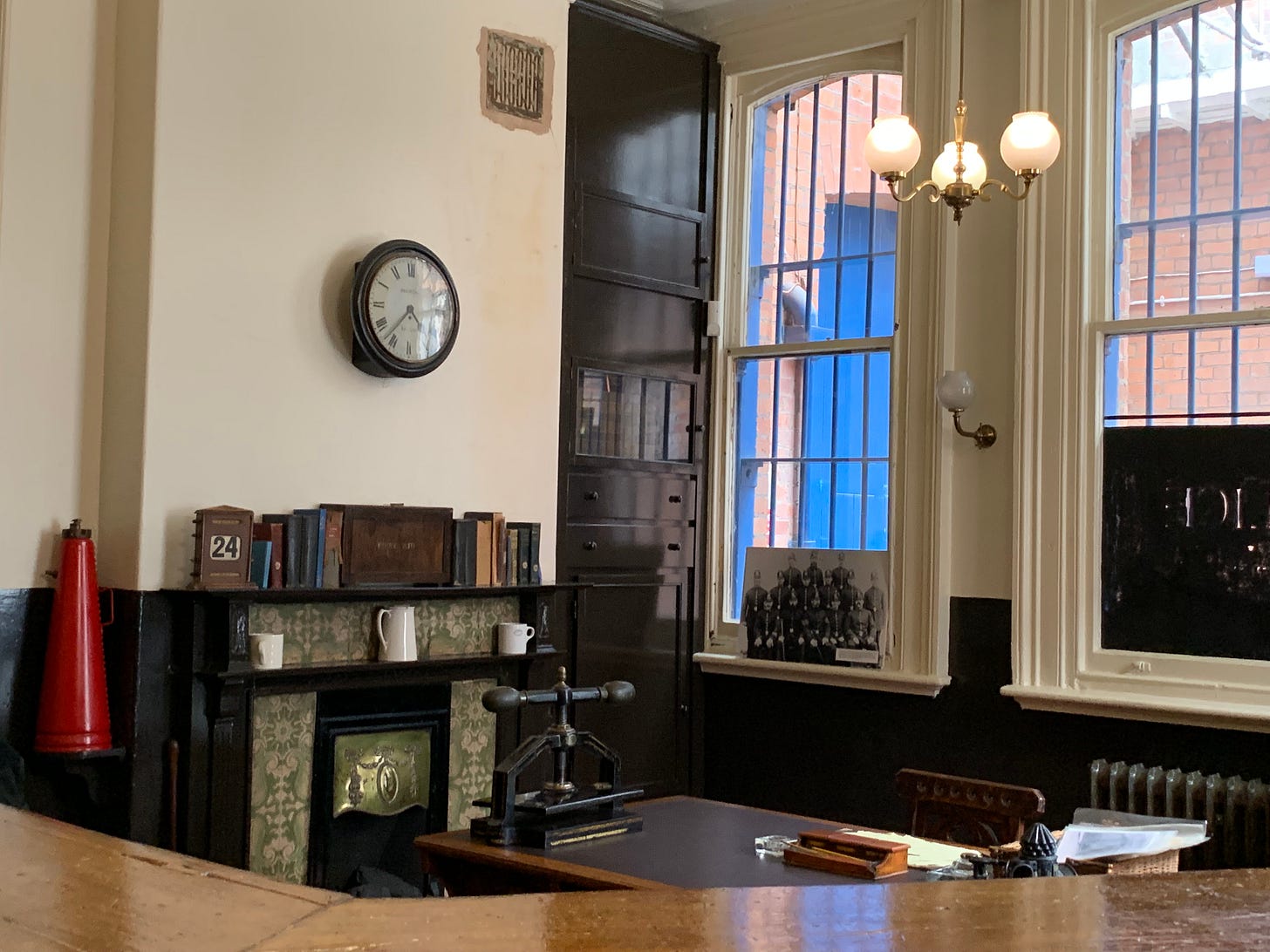

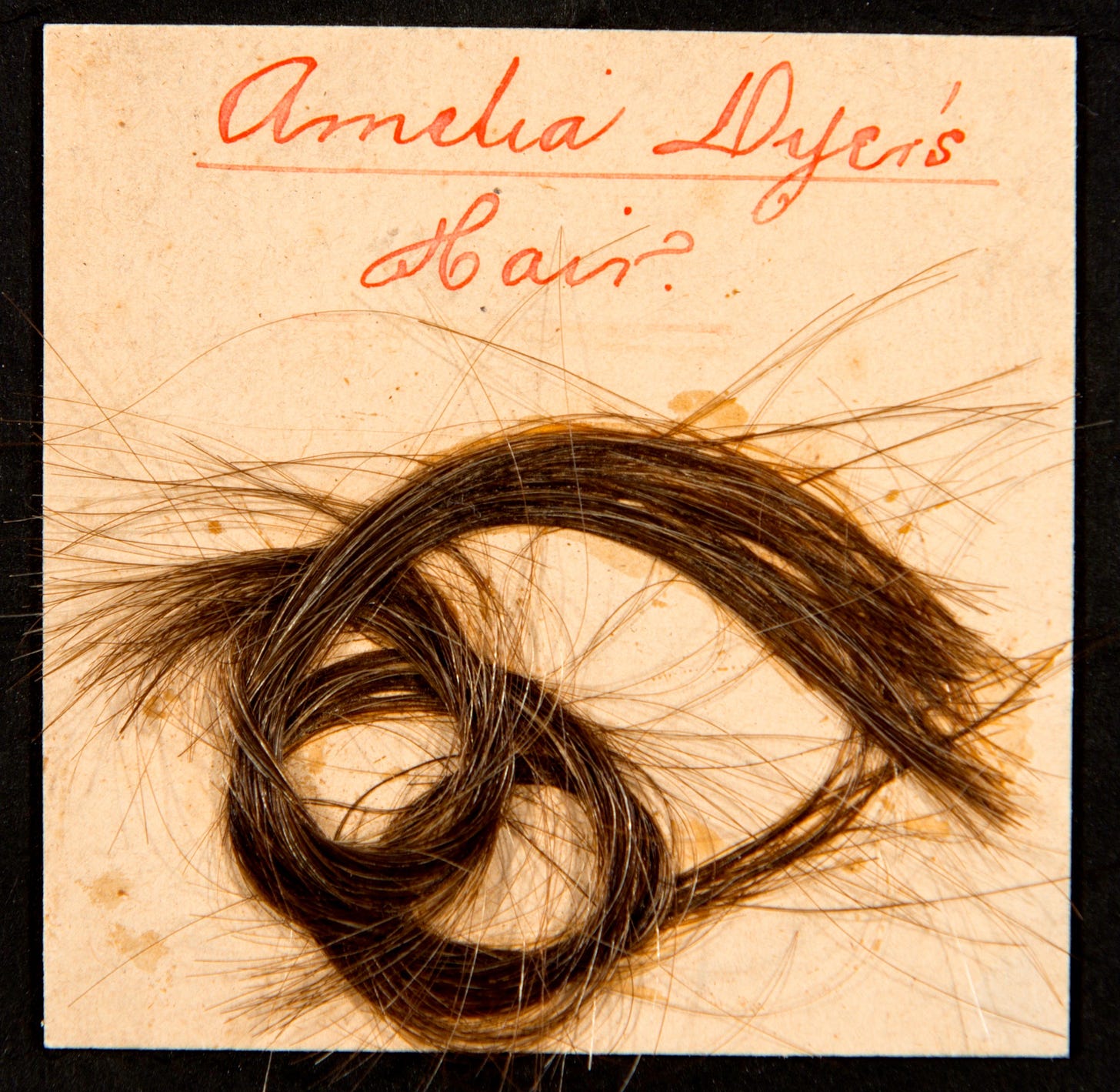
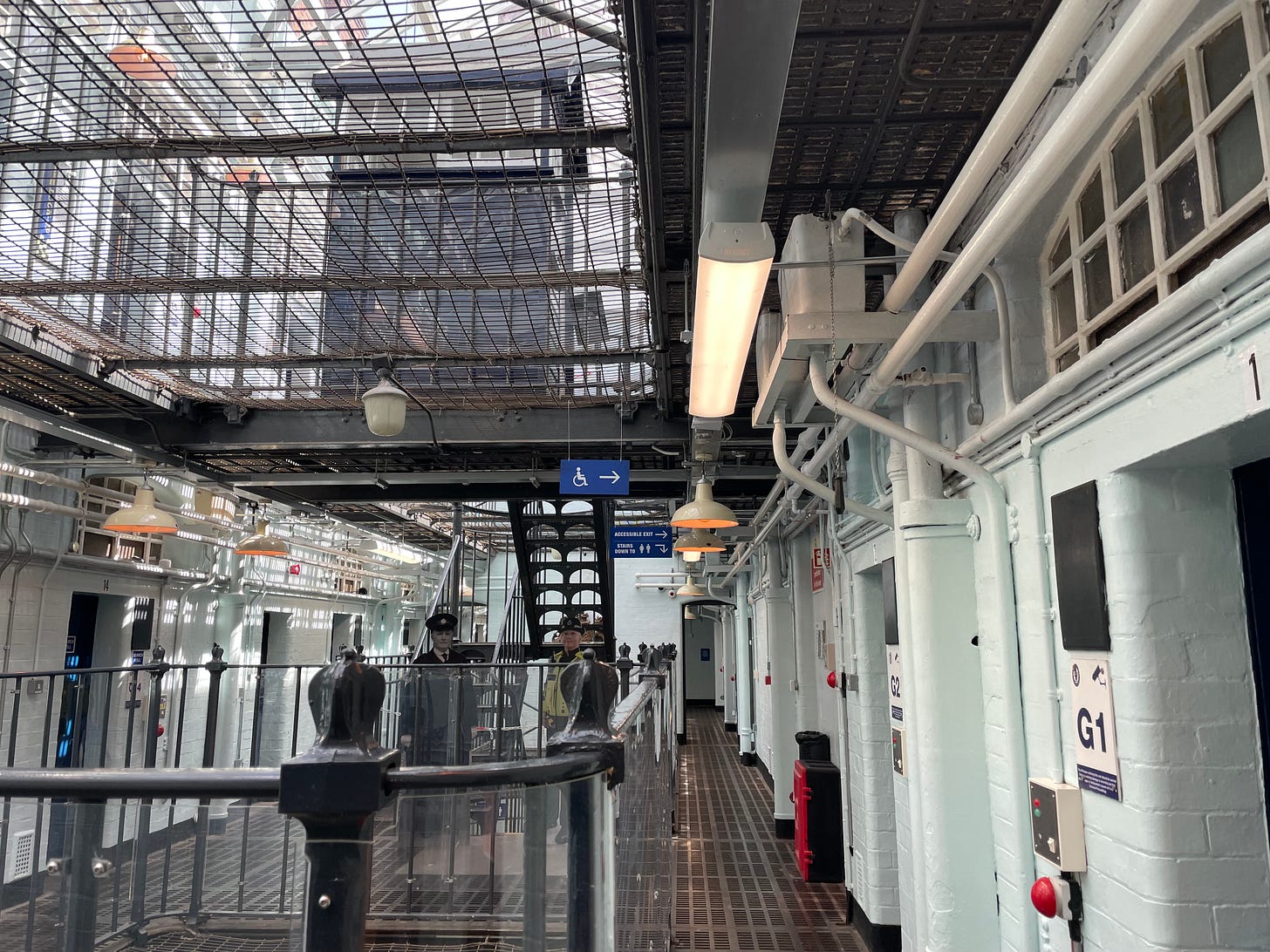
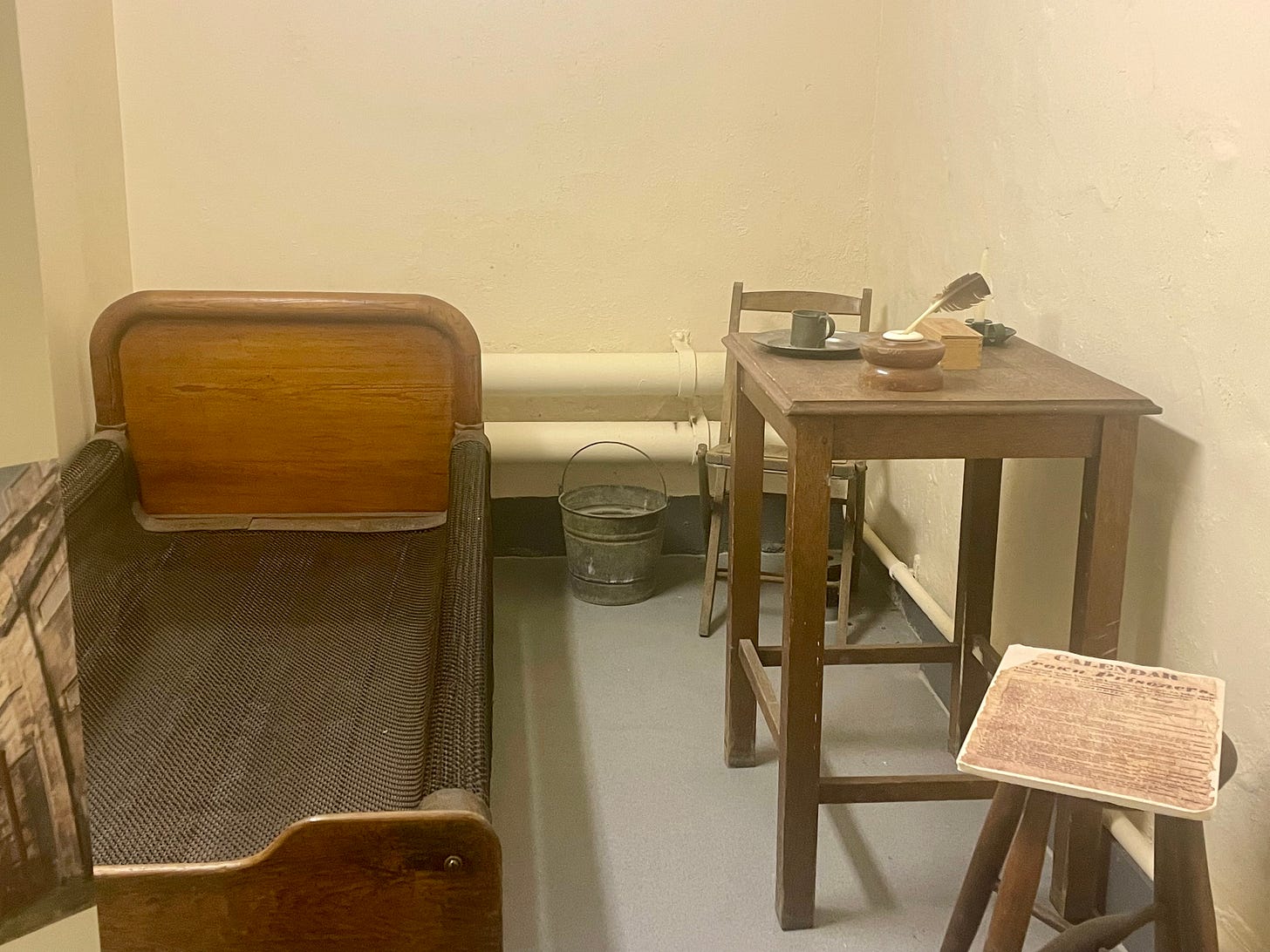
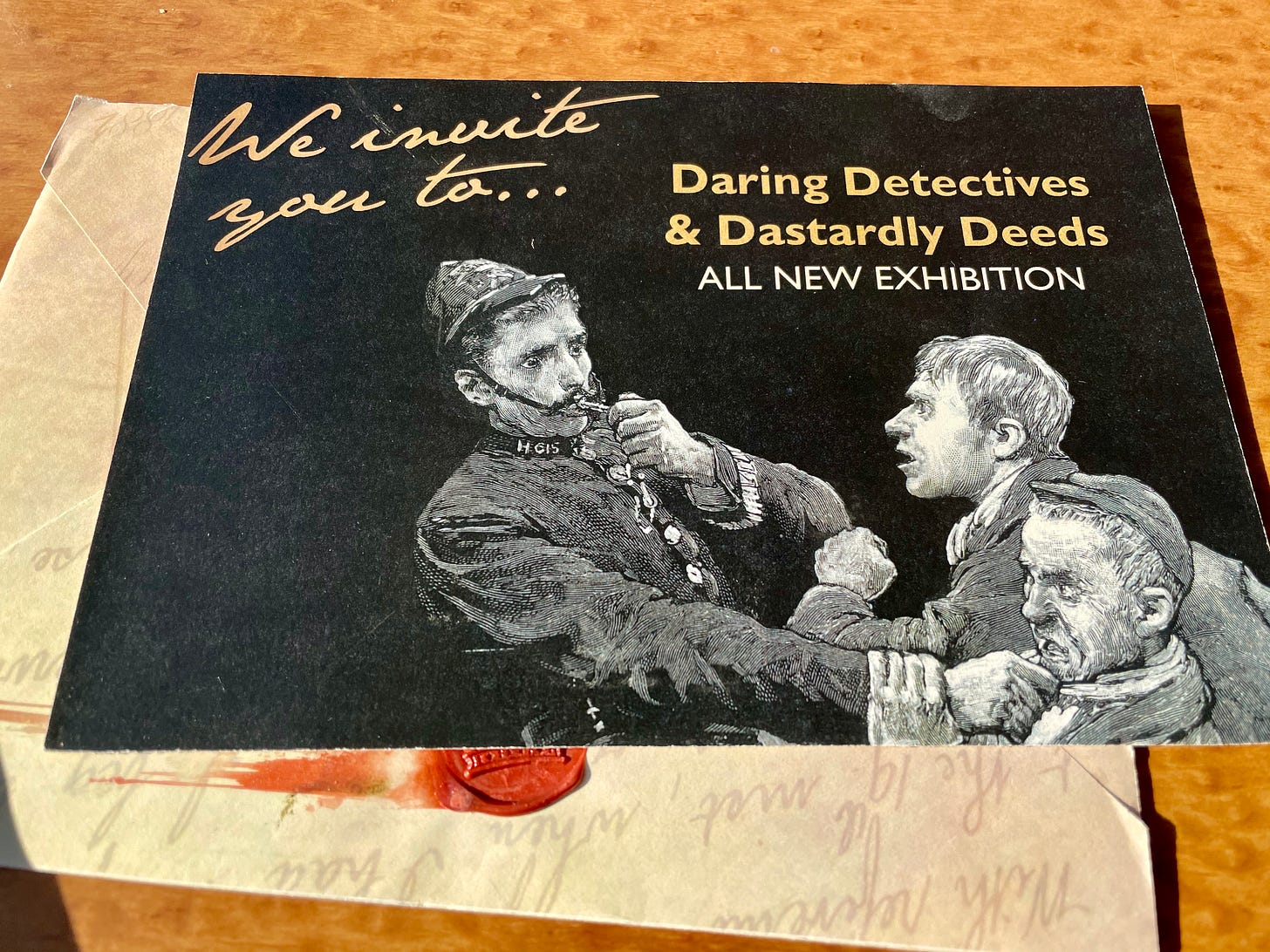
Wonderful, I will be in Manchester later in February and in Birmingham and both museum sound like they would be worth a visit.